- Home
- slideshows
- miscellaneous
- The most awe-inspiring scientific discoveries of the decade include the 'God particle,' the first image of a black hole, and the ability to edit the human genome
The most awe-inspiring scientific discoveries of the decade include the 'God particle,' the first image of a black hole, and the ability to edit the human genome
In March 2010, anthropologists discovered a tiny, lone finger bone in the Denisova cave in Siberia. They determined it belonged to previously undiscovered species of human ancestor.

Just after anthropologists discovered Denisovans, geneticists finished sequencing the entire Neanderthal genome.
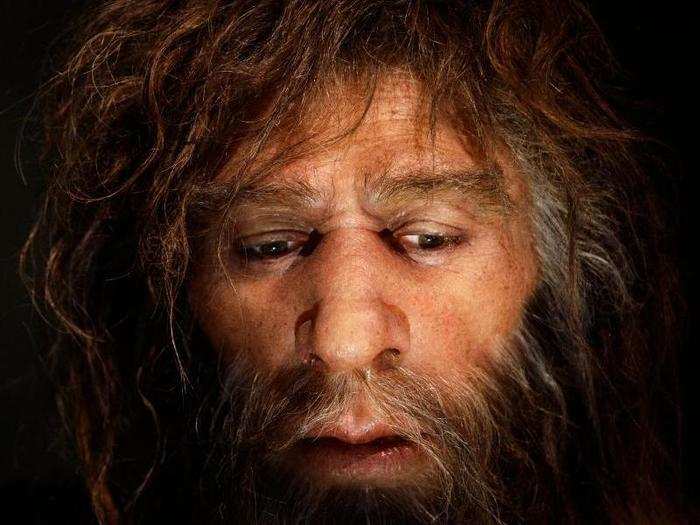
Scientists discovered that both Neanderthals and Denisovans interbred with modern humans extensively.
While 2010 was a watershed year for anthropology, 2011 was all about achievements in space. NASA sent a new rover to Mars named Curiosity.
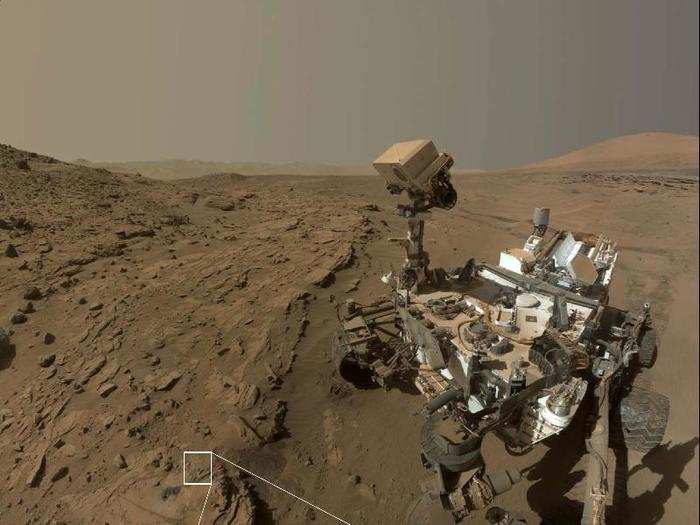
Curiosity is the largest and most capable rover ever sent to Mars. It joined fellow rover Opportunity in searching the red planet for signs of water and clues about whether Mars was capable of supporting microbial lifeforms.
In November 2011, NASA announced that its planet-hunting Kepler space telescope had spotted its first potentially habitable planet, Kepler 22-b.
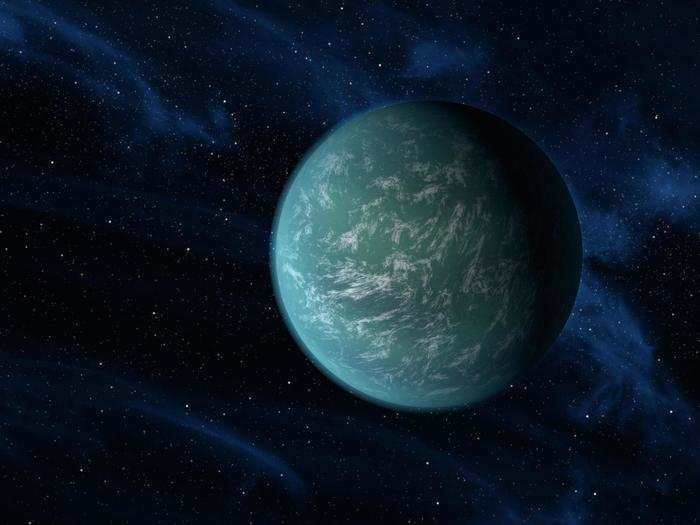
The Kepler mission was charged with finding and identifying Earth-like planets in our galaxy that existed within a star's "Goldilocks," or habitable, zone. Kepler 22-b is 600 light-years away.
Planets in habitable zones are capable of hosting liquid water, one of the requisites for being considered Earth-like.
Impressive achievements in space exploration continued into 2012. In November of that year, NASA's Voyager 1 probe left our solar system and crossed into interstellar space.
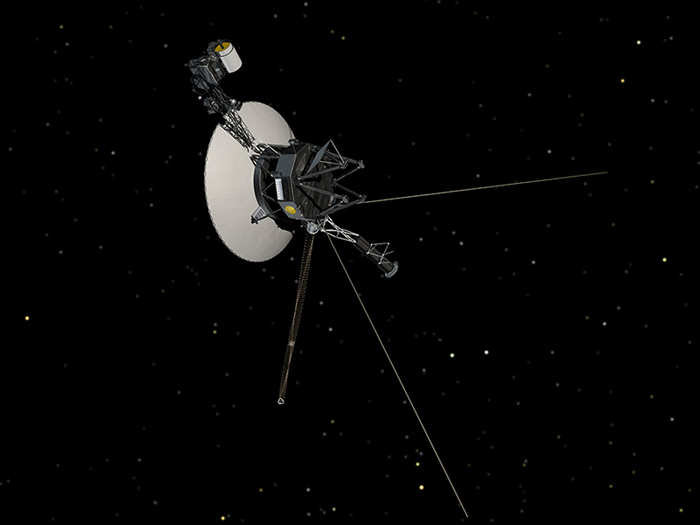
NASA launched Voyager 1 in 1977. After flying by Jupiter and Saturn, Voyager 1 crossed into interstellar space. It continues to collect data to this day.
In 2019, Voyager 1's successor, Voyager 2, also entered interstellar space. Both probes have been flying longer than any other spacecraft in history.
Voyager 2 has beamed back unprecedented data about previously unknown boundary layers at the far edge of our solar system — an area known as the heliopause. The discovery of these boundary layers suggests there are stages in the transition from our solar bubble to interstellar space that scientists did not previously know about.
In May 2012, Elon Musk's aerospace company, SpaceX, made history by sending the first-ever commercial spacecraft to dock with the International Space Station (ISS).
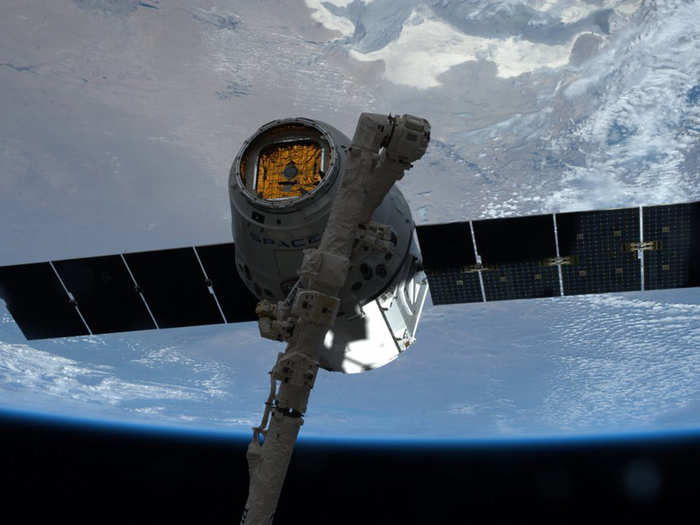
SpaceX's groundbreaking spaceship was called Dragon.
Previously, only four governments — the United States, Russia, Japan, and the European Space Agency — had achieved this challenging technical feat.
Seven years later, SpaceX launched Dragon's successor, Crew Dragon, into orbit for the first time. Crew Dragon is designed to ferry astronauts to the ISS; its 2019 trip marked the first time that a commercial spaceship designed for humans had ever left Earth.
Other scientific disciplines made incredible headway in 2012, too. Physicists reported the detection of a new type of particle called the Higgs Boson.

The Higgs Boson is nicknamed the "God particle" because it gives mass to all other fundamental particles in the universe that have mass, like electrons and protons.
Scientists knew a particle akin to the Higgs Boson had to exist — otherwise nothing in the universe would have mass, and we wouldn't exist — but had failed to find evidence of such a particle until 2012.
The same year, the patent for utilizing CRISPR-Cas9 gene-editing technology was approved.

Crispr-Cas9 technology enables researchers to edit parts of the genome by removing, adding, or altering sections of DNA. Since 2012, scientists have edited mosquito, mushroom, and lizard DNA, among others. In 2018, a Chinese scientist announced he had edited the genetic information of two human embryos.
In 2013, NASA astronomers observed plumes of water vapor being ejected from the frigid, icy surface of Jupiter's moon, Europa.
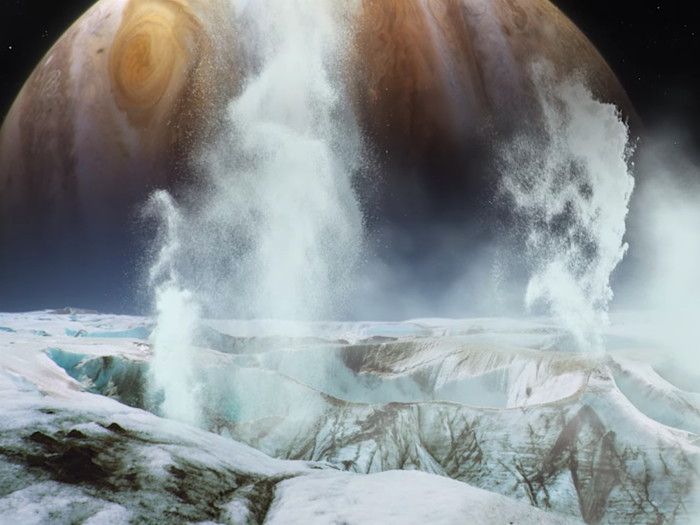
This discovery made Europa only the second known oceanic world in our solar system aside from Earth; NASA observed jets of water vapor spewing from Saturn's moon Enceladus in 2005.
The presence of liquid water and ice make these two moons ideal places to search for life in our corner of the galaxy.
Since 2013, water has also been discovered on the dwarf-planet Pluto, a moon of Neptune called Triton, and multiple other moons of Jupiter and Saturn.
That year, NASA's Curiosity rover uncovered evidence that the red planet not only once held liquid water, but may also have been habitable.
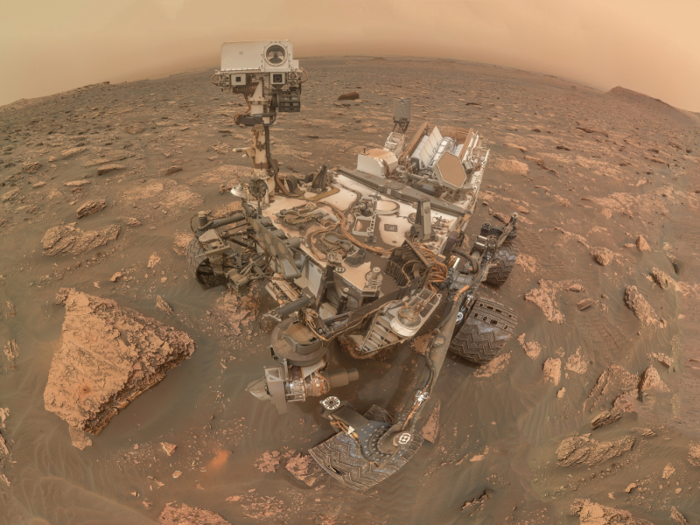
In September 2012, NASA announced its Curiosity rover had identified gravel made by an ancient river in Mars' Gale Crater.
Then in March 2013, scientists found chemical ingredients for life — sulfur, nitrogen, hydrogen, oxygen, phosphorus, and carbon — in powder that Curiosity had drilled from rock near the ancient streambed.
"A fundamental question for this mission is whether Mars could have supported a habitable environment," Michael Meyer, who worked as the lead scientist for NASA's Mars Exploration Program at the time, said in a press release about the finding. "From what we know now, the answer is yes."
In the following years, evidence has mounted that the planet was once home to a vast ocean.
Since then, evidence has continued to mount that Mars still hosts liquid water today in at least one underground lake.
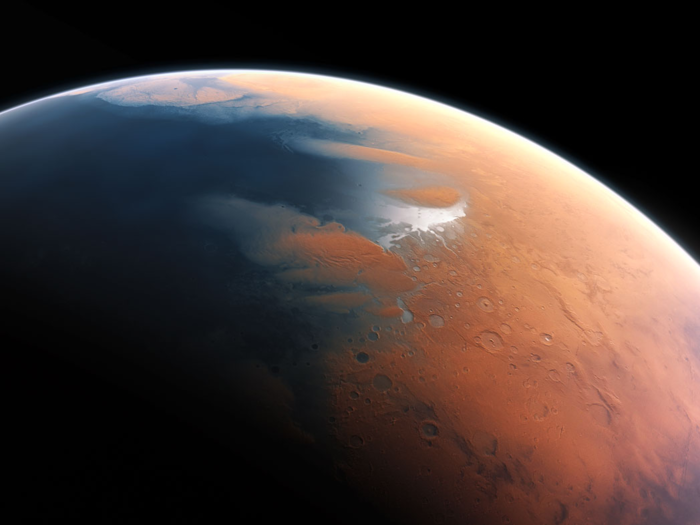
After three years of studying Mars, Italian scientists determined in July 2018 that it's possible the red planet has a 20-kilometer-wide lake of liquid water at its polar ice cap today.
"If these researchers are right, this is the first time we've found evidence of a large water body on Mars," Cassie Stuurman, a geophysicist at the University of Texas, told the Associated Press.
Other parts of Mars are too cold for water to stay liquid — unless it's deep underground.
In a March 2019 study, researchers suggested that seasonal flow patterns in Mars's crater walls could come from pressurized groundwater 750 meters below the surface, which travels upward through cracks in the ground.
In November, physicists discovered 28 strange particles called neutrinos buried deep under the Antarctic ice. These neutrinos, they concluded, had come from outside our solar system.
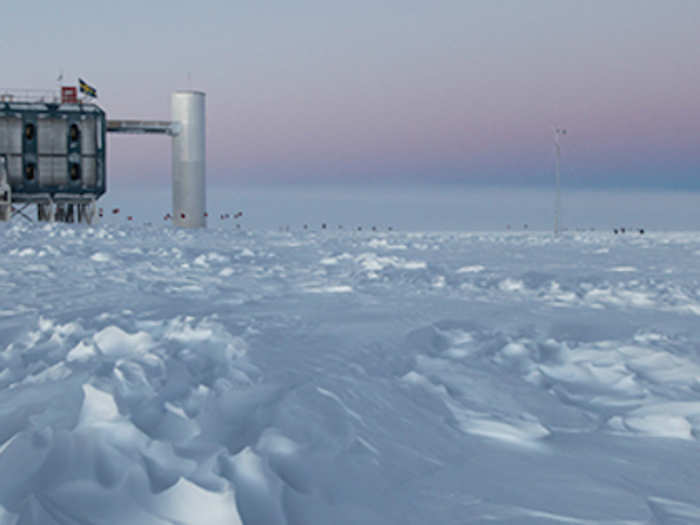
Researchers found the particles using the IceCube Neutrino Observatory, an array of sensors embedded in Antarctic ice. Neutrinos are nearly mass-less and unstoppable; they move at the speed of light and get discharged in the aftermath of exploding stars.
Scientists can use neutrinos to understand events happening in distant galaxies. In 2018, they found more of the particles in Antarctica, then traced them back to the source: a rapidly spinning black hole, millions of times the mass of the sun, that's gobbling up gas and dust.
Researchers also achieved a food industry milestone in 2013 when scientists successfully served the first-ever lab-grown hamburger.
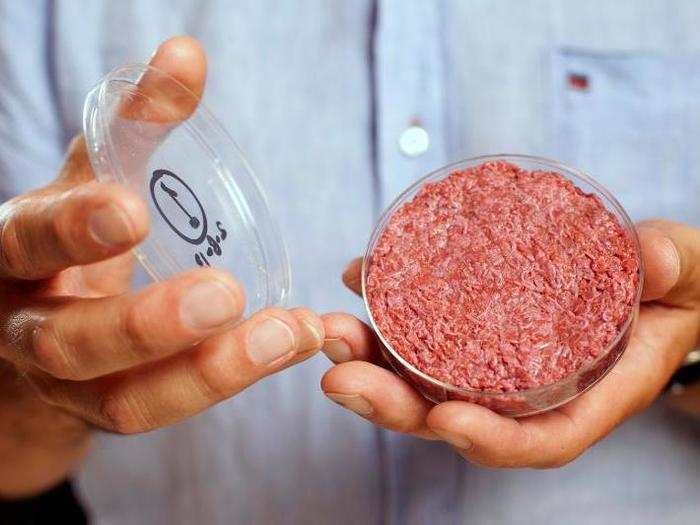
The burger — which took two years and $325,000 to make — consists of 20,000 thin strips of cow muscle tissue that were grown in a Netherlands laboratory.
Since 2013, the lab-grown meat industry has grown in popularity and dropped in price. In 2015, one of the researchers responsible for the first lab-grown burger, said the per-pound cost had dropped to $37.
The European Space Agency got some time in the spotlight in 2014. In November, the agency's Rosetta space probe was able to land on a comet 372 million miles from Earth called 67P/Churyumov-Gerasimenko.
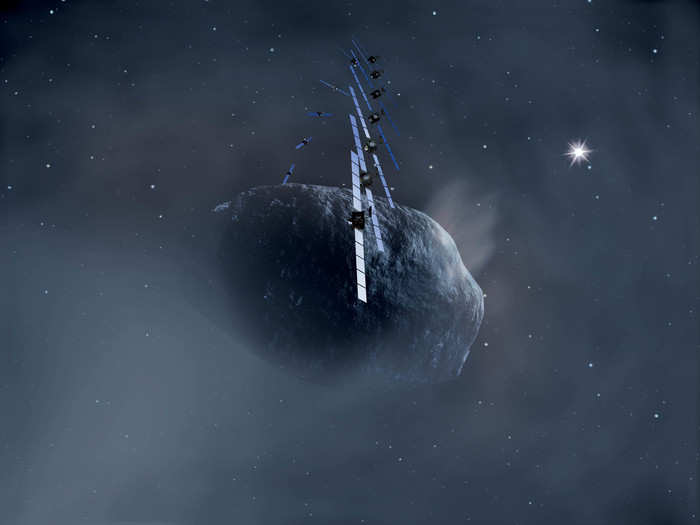
It took Rosetta 10 years to reach and orbit the comet, then launch a lander down to the surface.
Rosetta's lander, Philae, took the first-ever surface images of a comet.
In 2015, anthropologist Lee Berger announced that his team had discovered a new human ancestor species called Homo Naledi in South Africa.
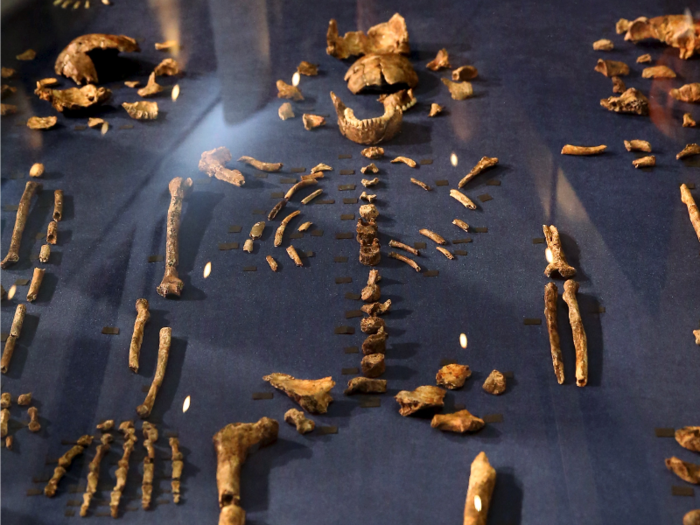
Two spelunkers had accidentally stumbled across the Homo naledi fossils two years earlier, in a hidden cave 100 feet below the surface.
All told, the chamber contained 1,550 bones belonging to at least 15 individuals who all lived between 330,000 and 250,000 years ago.
2015 was also the year that scientists mapped the human epigenome for the first time.

The epigenome is made up of chemicals and proteins that can attach to DNA and modify its function — turning our genes on and off.
An individual's lifestyle and environment — factors like whether they smoke or what their diet looks like — can prompt sometimes deadly changes in their epigenome that can cause cancer.
Mapping the epigenome may help scientists understand how tumors develop and cancer spreads.
Humanity visited Pluto for the first time in 2015, when NASA's New Horizons probe flew by the dwarf planet.
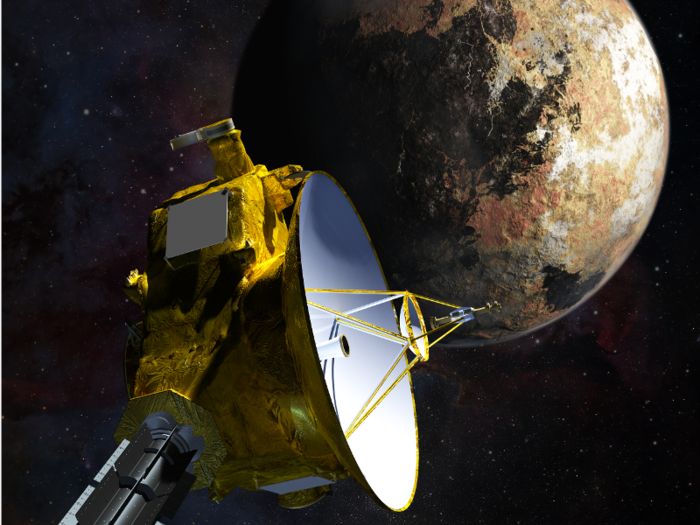
New Horizons spent 15 minutes flying close to the dwarf planet and collecting as much information as possible. After that, it moved on for close encounter with Pluto's largest moon, Charon.
Another NASA spacecraft, Cassini, achieved new heights that same year. In September, astronomers announced that they had confirmed a liquid ocean exists under the icy crust of Saturn's moon Enceladus.
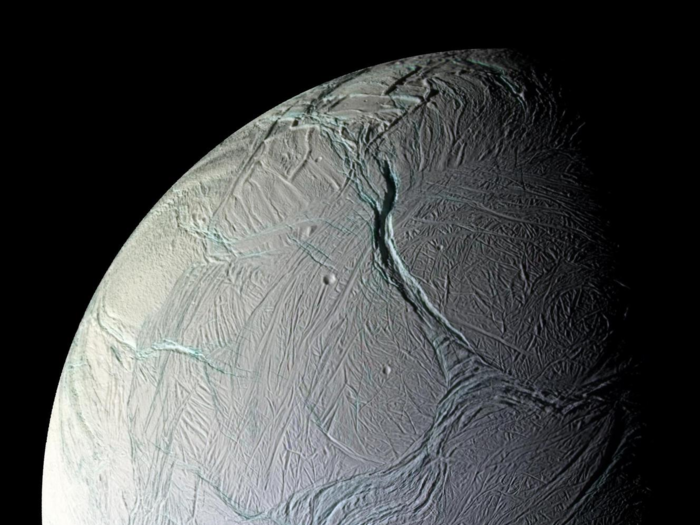
NASA's Cassini spacecraft found that Enceladus emits plumes of water into space following the probe's arrival in 2004. But in 2015, scientists confirmed that the source of these plumes was a giant saltwater ocean hidden beneath the moon's icy crust.
Later that year, Space X launched and recovered the first-ever reusable rocket: the Falcon 9.
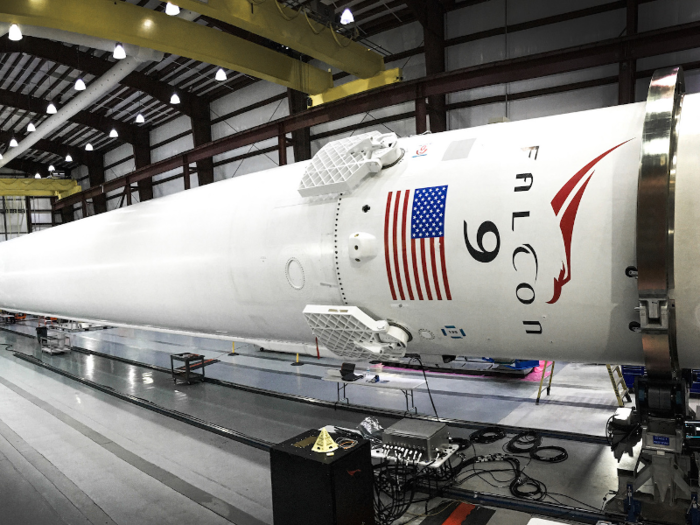
After the first-stage portion of the Falcon 9 launched was recovered, it was repurposed and re-launched in March 2017.
In 2016, an artificial intelligence program from Google's DeepMind division named AlphaGo beat the world champion in four out of five matches of Go, a strategy game.

That wasn't the first time AI beat humans in a complex game.
In 2011, IBM's supercomputer, Watson, defeated two "Jeopardy!" champions — including Ken Jennings — in a three-day contest.
A year after AlphaGo's success, an AI named Libaratus beat four of the world's top professional players in 120,000 hands of no-limit, two-player poker. Then, in 2019, another DeepMind AI program named AlphaStar bested 99.8% of human players in the popular video game "Starcraft II."
Physicists rejoiced in 2016 when they detected two black holes colliding a billion light-years away.
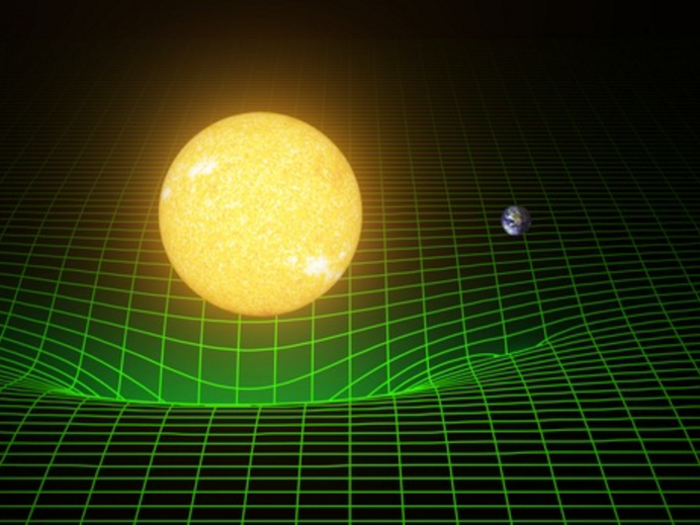
The catastrophic collision created ripples in space-time, also known as gravitational waves. Einstein predicted the existence of these gravitational waves in 1915, but he thought they'd be too weak to ever pick up on Earth. New detection tools have proved otherwise.
This collision was the first event scientists observed using gravitational-wave detectors. Then in 2017, they observed two neutron stars merging. In August 2019, astrophysicists detected the billion-year-old aftermath of a collision between a black hole and a neutron star (the super-dense remnant of a dead star).
The same year, astronomers also spotted evidence that a mysterious planet or object 10 times the size of Earth orbits in the outer solar system. They nicknamed it "Planet 9."
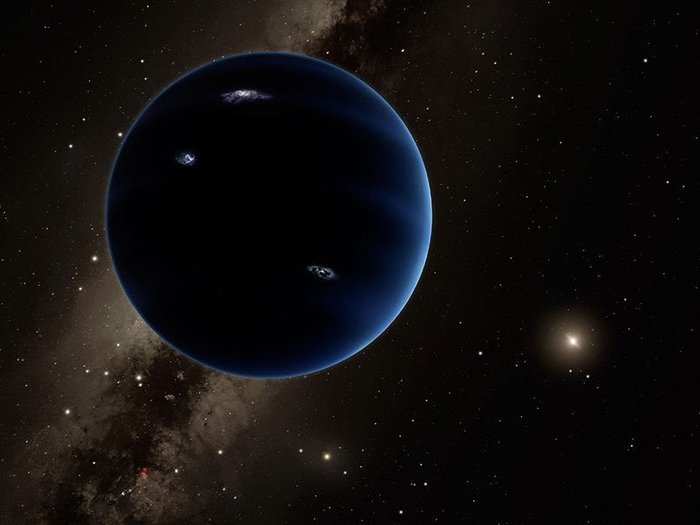
"For the first time in over 150 years, there is solid evidence that the solar system's planetary census is incomplete," one of the planet's discoverers said.
In 2017, geologists announced they'd discovered a new continent, called Zealandia, hidden under the Pacific Ocean.
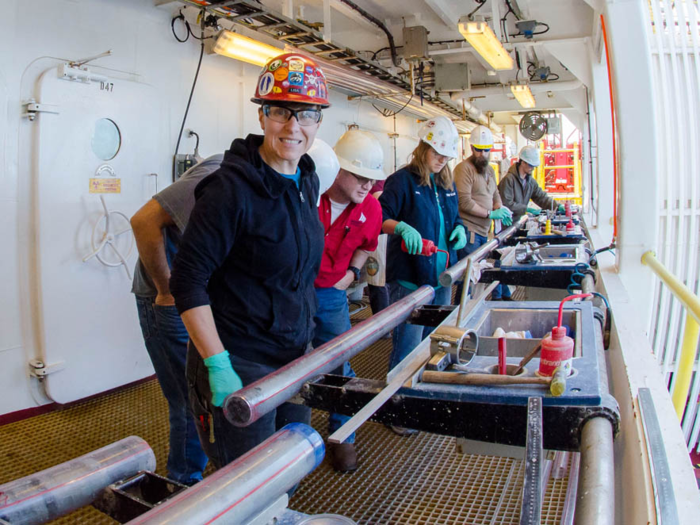
The lost land of Zealandia sits on the ocean floor between New Zealand and New Caledonia.
It wasn't always sunken – researchers have found fossils that suggested novel kinds of plants and organisms once lived there. Some argue that Zealandia should be counted alongside our (more visible) seven continents.
In 2019, scientists found that another ancient continent had slid under what is now southern Europe about 120 million years ago. The researchers named this continent Greater Adria. Its uppermost regions formed mountain ranges across Europe, like the Alps.
That year brought a new breakthrough in genetics, too: Scientists successfully created synthetic DNA.
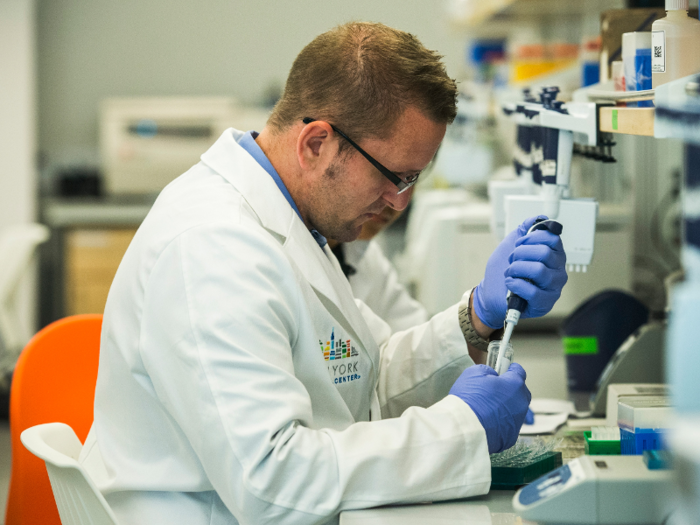
All living creatures' DNA is made up of two types of amino acid pairs: A-T (adenine – thymine) and G-C (guanine – cytosine). This four-letter alphabet forms the basis for all genetic information in the natural world.
But scientists invented two new letters, an unnatural pair of X-Y bases, that they seamlessly integrated into the genetic alphabet of E. coli bacteria.
Floyd Romesburg, who led the research, previously told Business Insider that his invention could improve the way we treat diseases. For example, it could change the way proteins degrade inside the body, helping drugs stay in your system longer. Romesburg said his team will be investigating how the finding might help cancer treatments and drugs for autoimmune diseases.
It was also a breakthrough year for self-driving car technology.
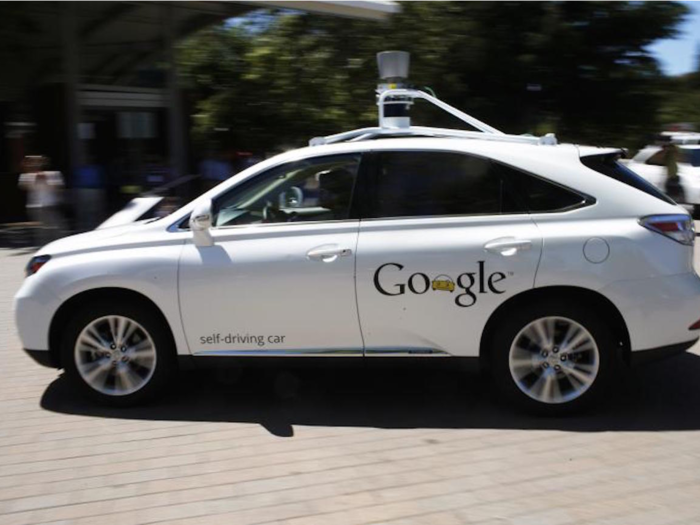
In September 2017, Audi announced it had produced the world's first "Level 3" autonomous car — meaning its self-driving mode requires no human feet, hands, or eyes. The A8 sedan can wholly, safely control itself in self-driving mode, only needing a human to take over in the event of bad weather or disappearing lane lines.
Tesla Autopilot drivers, for comparison, have to be ready to take over at any moment, so they're counseled to keep their eyes on the road at all times.
Just two months later, Waymo — the autonomous vehicle division of Alphabet, Google's parent company — revealed that it was testing self-driving minivans in the streets of Arizona without any humans at all behind the wheel. In 2018, Waymo launched the first fully autonomous taxi service in the US.
Astronomers also witnessed another interstellar collision in 2017. When two neutron stars collided, scientists were able to see how all the gold in the universe was created.
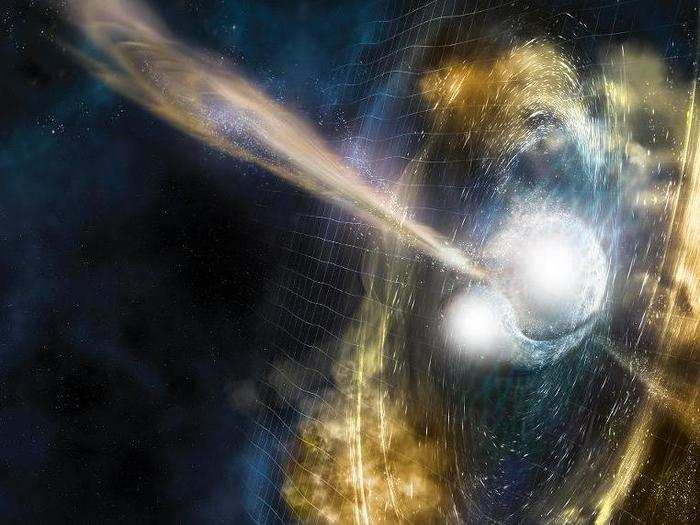
The two massive, exploded stars hit each other at one-third the speed of light and created gravitational waves. Scientific instruments on Earth picked up the waves from that crash, an event astronomers say only happens once every 100,000 years.
The crash happened 130 million light years away from Earth, researchers discovered. It caused the formation of $100,000,000,000,000,000,000,000,000,000 worth of gold and produced huge stores of silver and platinum, too.
That year, researchers at a Hawaiian astronomical observatory also observed the first interstellar object ever seen in our solar system, named 'Oumuamua.
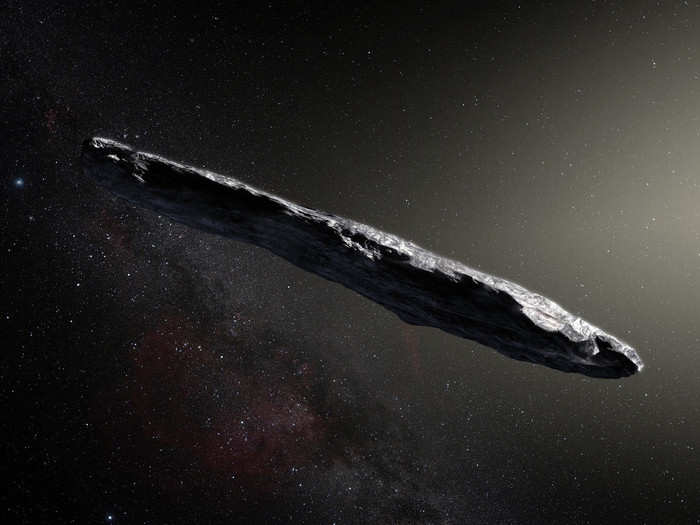
Scientists only had a few weeks to study the interstellar interloper before it got too far, and too dim, to see with Earth-based telescopes.
Guesses as to what the object is run the gamut from comet to asteroid to alien spaceship. One Harvard University astronomer, Avi Loeb, has speculated that 'Oumuamua was an extraterrestrial scout, but nearly all other experts who have studied 'Oumuamua say that hypothesis is extraordinarily unlikely.
2017 was also a bittersweet year for astronomers who had to say goodbye to NASA's Cassini spacecraft, which took a fatal dive into Saturn in October.
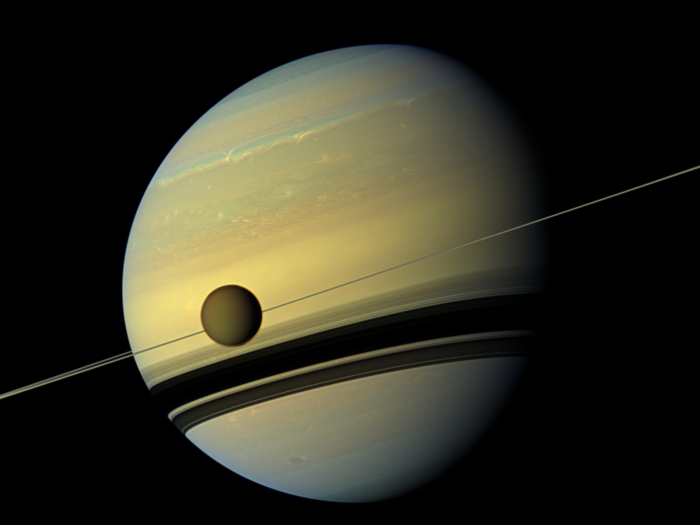
Cassini had been exploring Saturn and its moons for 13 years before the probe plunged to its death on September 15. Scientists planned the crash to ensure that Cassini wouldn't one day run out of fuel and hit one of Saturn's potentially habitable moons (thereby contaminating it with Earthly bacteria).
During its final dive, Cassini beamed back amazing photos of Saturn as we'd never seen the planet before. That last portion of the mission began with a flyby of the planet's moon, Titan. Then Cassini jetted through a 1,200-mile opening between Saturn and its rings of ice — an unprecedented feat.
The spacecraft then angled down into the planet's clouds and burned up.
Toward the end of 2017, the US Food and Drug Administration (FDA) approved a new gene therapy treatment for blind people.
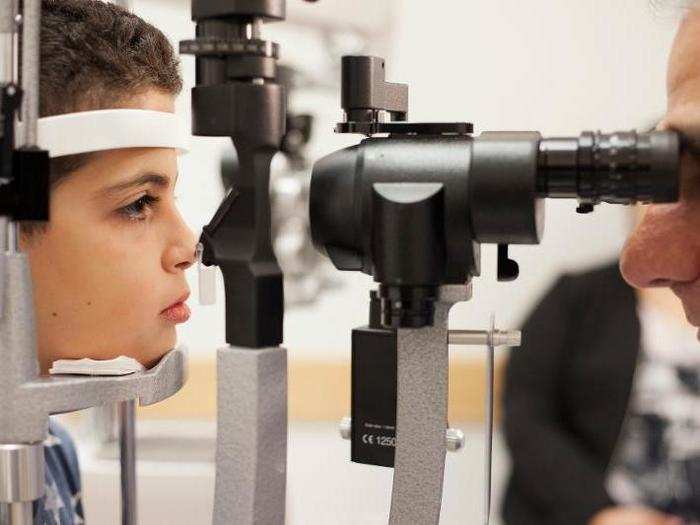
The cure for a form of hereditary blindness called leber congenital amaurosis is the first gene therapy approved by the FDA for an inherited disease.
The treatment, called Luxturna, is a one-time virus dose that gets injected into a patient's retina. The corrected gene in the virus taps out the flawed, blindness-inducing gene in the eye, and produces a key vision-producing protein that patients with the disease normally can't make.
People start noticing a difference in their sight within a month. In clinical trials of the treatment, 13 out of 20 patients saw positive results. The treatment could cost as much as $1 million for a single injection, however.
The following year, genetics news of a very different nature came out: Chinese geneticist He Jiankui announced he had successfully genetically modified human embryos.
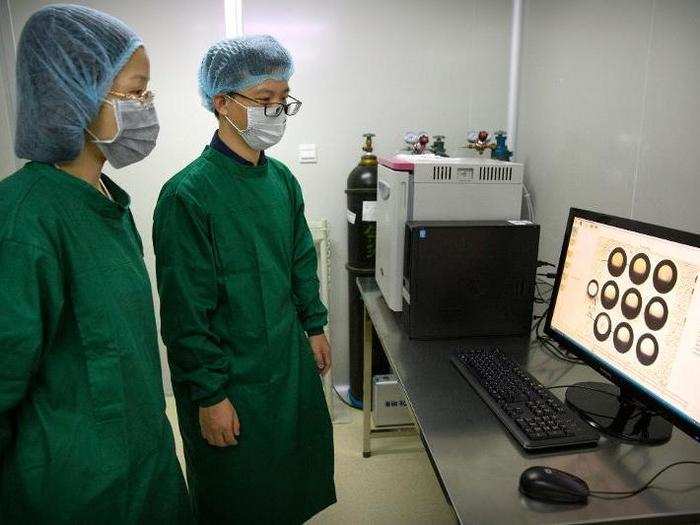
Jiankui claimed to have edited genes in a pair of twins born in China in November. By using the DNA-editing technique called CRISPR, he said, the babies were born immune to HIV.
This type of genetic manipulation is banned in most parts of the world, since any genetic mutations that the babies may have would get passed on to their offspring, with potentially disastrous consequences.
In 2019, the MIT Technology Review released excerpts from Jiankui's research. The unpublished manuscripts revealed that in the process of trying to manipulate the babies' HIV resistance — which some experts say was unsuccessful — Jiankui may have introduced unintended mutations.
In 2018, NASA launched another rover to the red planet. InSight touched down on November 26.
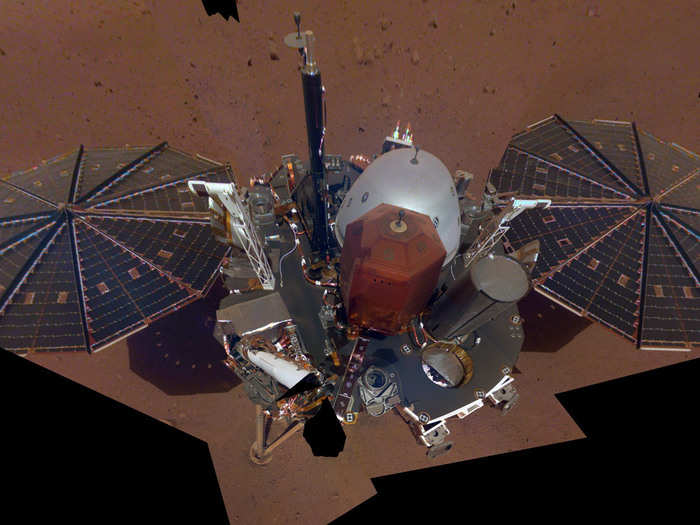
NASA's InSight lander spent more than six months careening through space before it landed safely on Martian soil.
The robot is charged with exploring Mars' deep interior and helping scientists understand why Mars wound up a cold desert planet while Earth did not.
InSight has given scientists the unprecedented ability to detect and monitor Mars quakes — seismic events deep inside the planet.
On Earth, scientists have made monumental — though often troubling — discoveries throughout the decade. In 2018, scientists found that atmospheric carbon dioxide had reached its highest level in at least 800,000 years.
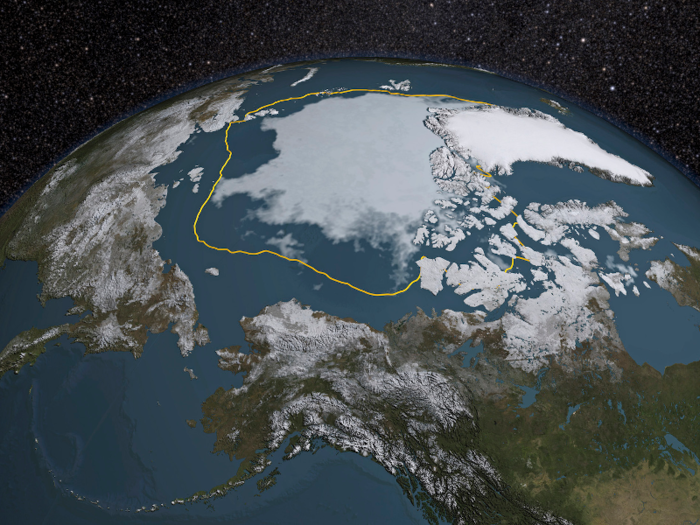
Fossil fuels like coal contain carbon dioxide, methane, and other compounds that trap heat from the sun. When we extract and burn these fuels for energy, that releases those gases into the atmosphere, where they accumulate and heat up the Earth over time.
That's what made 2016 the hottest year on record. So far, 2019 is the second-hottest year since records began 140 years ago, with July being the hottest month ever recorded.
A landmark report by the Intergovernmental Panel in Climate Change (IPCC) warned that slashing greenhouse-gas emissions in the next decade is crucial in order to avoid the worst consequences of severe climate change.
Climate researchers have also found that the Antarctic and Greenland ice sheets are melting at unprecedented rates.
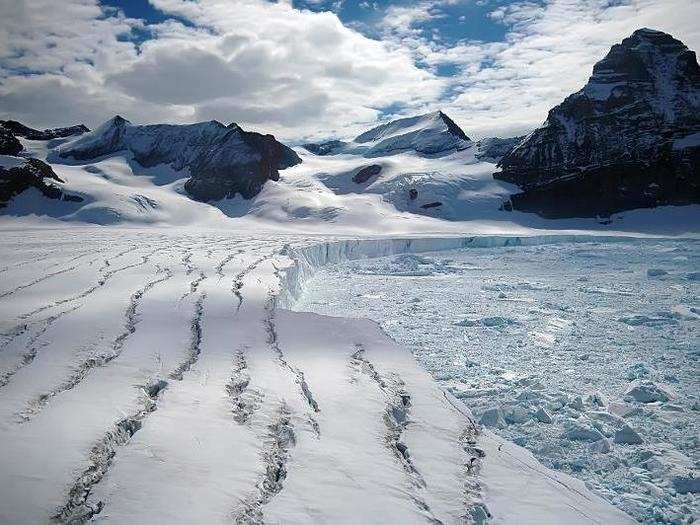
An April 2019 study revealed that the Greenland ice sheet is sloughing off an average of 286 billion tons of ice per year. Two decades ago, the annual average was just 50 billion.
In 2012, Greenland lost more than 400 billion tons of ice.
Antarctica, meanwhile, lost an average of 252 billion tons of ice per year in the last decade. In the 1980s, by comparison, Antarctica lost 40 billion tons of ice annually.
What's more, parts of Thwaites Glacier in western Antarctica are retreating by up to 2,625 feet per year, contributing to 4% of sea-level rise worldwide. A study published in July suggested that Thwaites' melting is likely approaching an irreversible point after which the entire glacier could collapse into the ocean. If that happens, global sea levels could rise by more than 1.5 feet.
On January 1, 2019, NASA's nuclear-powered New Horizons spacecraft flew past a mysterious, mountain-sized object 4 billion miles from Earth.
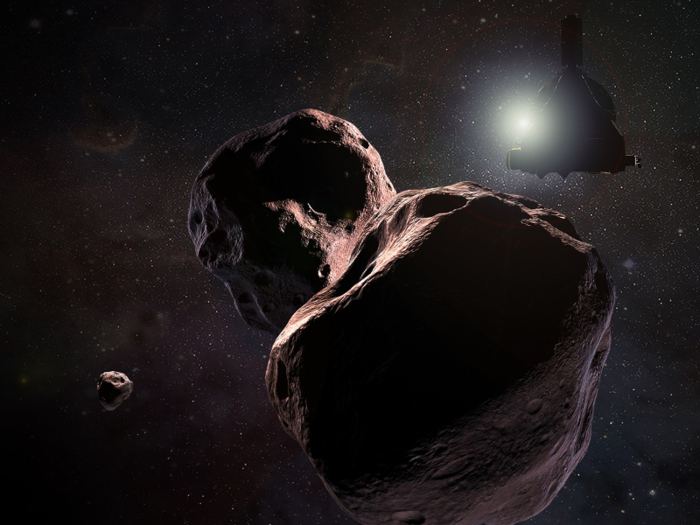
The object, called MU69, is nicknamed Arrokoth, which means "sky" in the Powhatan/Algonquian language (it was previously nicknamed Ultima Thule). It's the most distant object humanity has ever visited.
The New Horizons probe took hundreds of photographs as it flew by the space rock at 32,200 miles per hour.
Images revealed that Arrokoth is flat like a pancake, rather than spherical in shape. The unprecedented data will likely reveal new clues about the solar system's evolution and how planets like Earth formed, though scientists are still receiving and processing the information from the distant probe.
Over 5.5 million miles from Earth, a Japanese spacecraft landed on the surface of an asteroid called Ryugu in July.
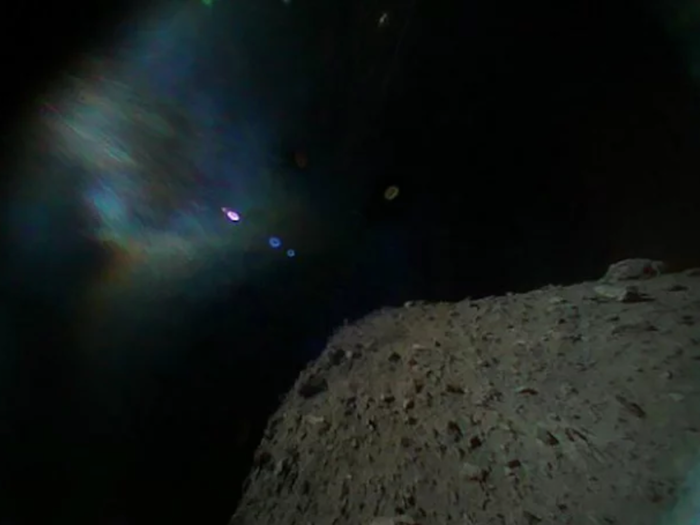
The Japan Aerospace Exploration Agency (JAXA) launched its Hayabusa-2 probe in December 2014. Hayabusa-2 arrived at Ryugu in June 2018, but didn't land on the asteroid's surface until this year.
In order to collect samples from deep within the space rock, Hayabusa-2 blasted a hole in the asteroid before landing. The mission plan calls for the probe to bring those samples back to Earth. By studying Ryugu's innermost rocks and debris — which have been sheltered from the wear and tear of space — scientists hope to learn how asteroids like this may have seeded Earth with key ingredients for life billions of years ago.
2019 was also a watershed year for the study of black holes. In April, the Event Horizon Telescope team published the first-ever image of a black hole.
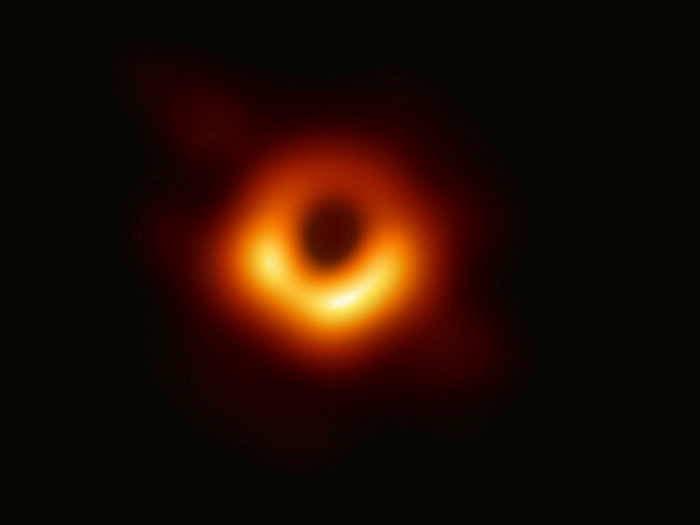
The unprecedented photo shows the supermassive black hole at the center of the Messier 87 galaxy, which is about 54 million light-years away from Earth. The black hole's mass is equivalent to 6.5 billion suns.
Though the image is somewhat fuzzy, it showed that, as predicted, black holes look like dark spheres surrounded by a glowing ring of light.
Scientists struggled for decades to capture a black hole on camera, since black holes distort space-time, ensuring that nothing can break free of their gravitational pull — even light. That's why the image shows a unique shadow in the form of a perfect circle at the center.
NASA scientists also discovered an exoplanet that could be our best bet for finding alien life outside our solar system.
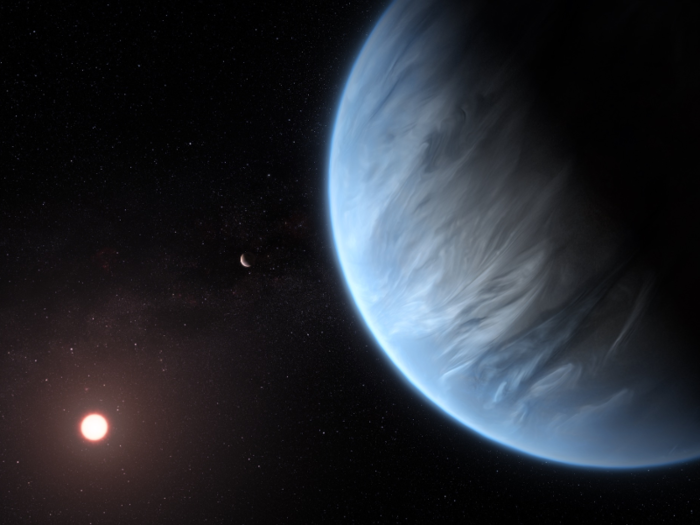
In September, scientists announced they'd detected water vapor on a potentially habitable planet for the first time. The planet, K2-18b, is a super-Earth that orbits a red dwarf star 110 light-years away.
NASA's planet-hunting Kepler space telescope discovered K2-18b in 2015, three years before the telescope was shut down. During its nine-year mission, Kepler discovered more than 2,500 exoplanets.
But K2-18b is the only known planet outside our solar system with water, an atmosphere, and a temperature range that could support liquid water on its surface. That makes it our "best candidate for habitability," one researcher said.
After three decades of research and development work, the world's first malaria vaccine program began in April.

In the pilot program, children up to 2 years old in Malawi, Ghana, and Kenya can receive the vaccine. The new vaccine prevented 4 in 10 malaria cases in clinical trials, including 3 in 10 life-threatening cases.
Malaria kills about 435,000 people each year, most of them children.
"We need new solutions to get the malaria response back on track, and this vaccine gives us a promising tool to get there," Tedros Adhanom Ghebreyesus, director-general of the World Health Organization, said in a release. "The malaria vaccine has the potential to save tens of thousands of children's lives."
In December, the World Health Organization (WHO) prequalified an Ebola vaccine for the first time, a critical step that will help speed up its licensing, access, and roll-out.
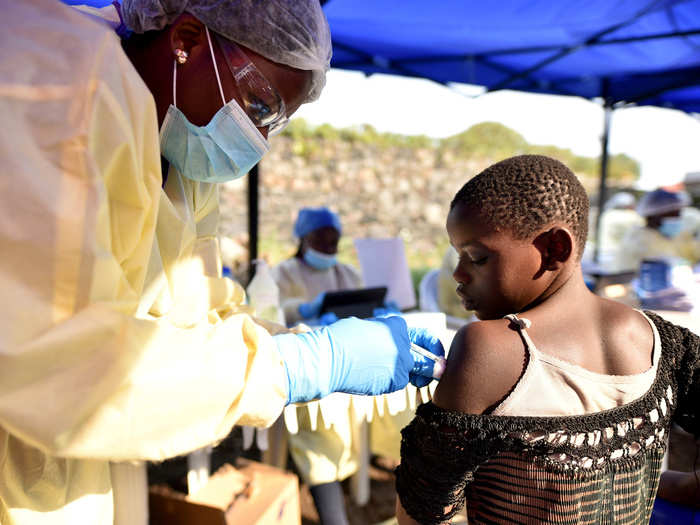
The vaccine comes in addition to two experimental treatments proven to dramatically boost Ebola survival rates.
The two new treatments, called REGN-EB3 and mAb-114, are cocktails of antibodies that get injected into people's bloodstreams. These therapies saved about 90% of new infected patients in the Congo after the WHO declared the Ebola outbreak in Africa to be a global health emergency.
Morgan McFall-Johnsen contributed to this story.
Popular Right Now
Popular Keywords
Advertisement